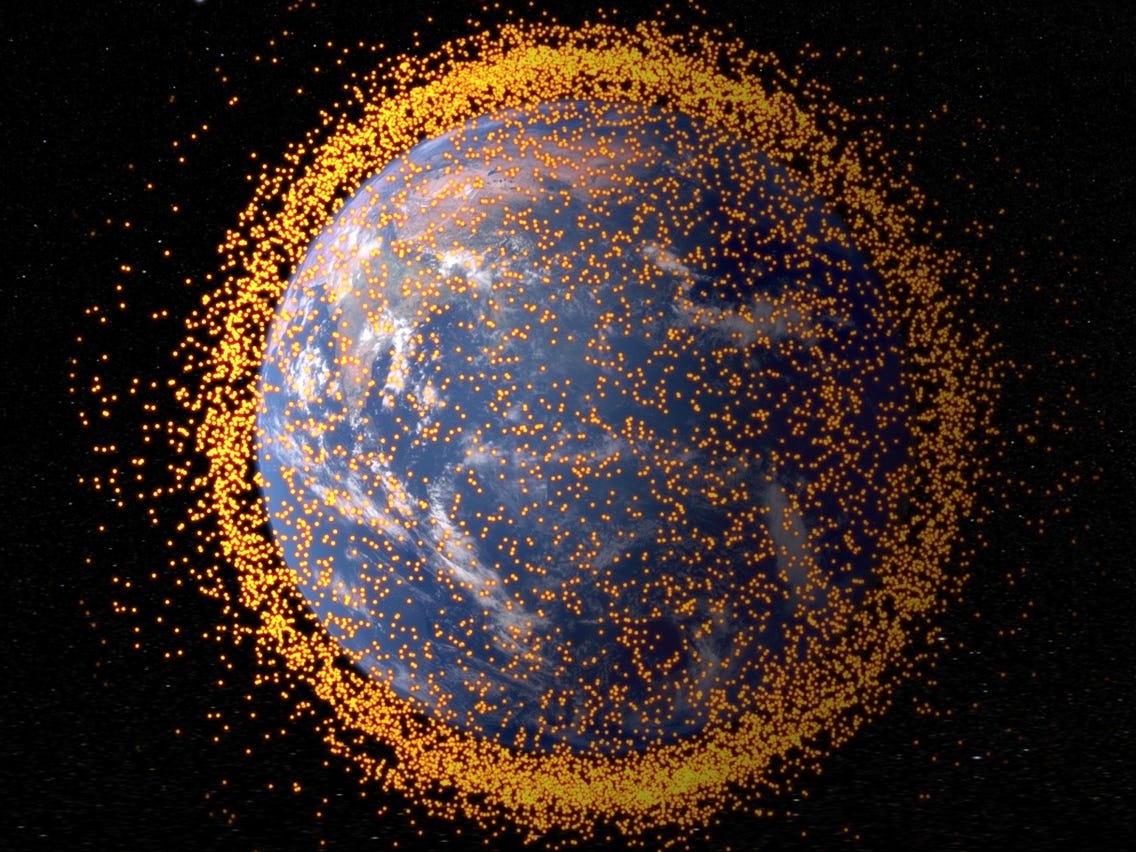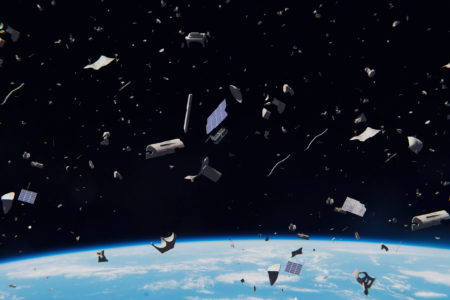The amount of space debris surrounding Earth has quite literally skyrocketed (atrocious pun intended). Pollution is not limited to the surface of our planet and just as widespread in space. What’s more alarming is that this amount of “space junk” orbiting around Earth might increase further in the next few decades.
The problem of space debris is getting rapidly out of control, warns ESA (European Space Agency). The Space Debris Office’s yearly reports have evidenced an increase in the amount of dangerous shards released in orbit.
This alarming scenario may only worsen with time, as ESA further points out. But what are space debris and why it’s so important to deal with these shards in a concrete way? Can modern technologies help in cleansing the Earth’s orbit? Let’s find right out.
What are space debris and how does space pollution come about
Space debris range noticeably in shape and size, from airborne particles to metallic junk.
It’s hard to say for certain how many of these mixed debris actually orbit around Earth. Up to 9000 debris at the very least are larger than 20 cm in size. In 2018, it had been roughly estimated that there might have been over 21.000 lifeless objects floating around our planet – and that was but a crude approximation. The sheer amount of junk may be even more alarmingly momentous, ESA warns.

Where does all this debris originates? For the most part, about a 20% of the largest junk includes inactive military satellites. Exposed to decay or to eventual collisions with other debris, the satellites may fall apart, producing new shards (bullets, paint splinters etc) which result in yet more space garbage.
Debris can also originate during the break-ups of rockets. However, a vast majority of space junk is the result of explosions caused by military experiments – mostly American or Russian.
As of 2008, the American satellite Vanguard I was reported to be the oldest surviving wreck still in orbit.
Orbiting space debris might cause new explosions
You might ask – why are space agencies so concerned about the increase of space debris?
Space garbage is dangerous not just on terms of its ecological consequences. There are far more risks involved that need to be brought to the attention of a wider audience.
Forsaken satellites and rockets orbiting in space may have reached the end of mission. However, these spacecrafts still contain inflammable batteries and fuels, materials that may take years and even decades to fully decompose.
Left to rot and decay, satellites may collide against each other, causing the batteries and fuel to explode. Thus not only new shards are produced – but often scattered, even a great distances.
As a result, there’s an increased risk that these debris may crash on Earth. Depending on the size of debris, the impact with atmosphere might not be enough to destroy them totally.
Over 12 yearly explosions and accidental fragmentations
The latest ESA records are nothing short of alarming. Over 12 explosions or accidental fragmentations have occurred every year in the last two decades. As a result, the amount of space garbage surrounding our planet is constantly increasing, in a loop that might be very difficult to counter.
Is there a feasible way to solve the problem? According to ESA, there have been some improvements. However, developing effective anti-debris systems takes time, whereas the production of new space junk is – relatively – faster.
ESA is working on several end-of-life disposal solutions, starting with (but not limited to) re-rentry. The satellites are destroyed upon entering Earth’s atmosphere, and the resulting shards are both smaller and more easily disposable.
Indeed, several countries are looking into the option of minimizing the size of debris shed during rockets launch. The new debris are generally about 80% smaller than their predecessors. This small, yet encouraging step into the right direction has affected up to 30% of the rockets launches in the last few years.
Unfortunately, the anti-debris systems implementd by satellites in low-Earth orbit are nowhere near so successful. Only an average 5-20% of satellites have succssfully complied with debris mitigation.
Still, what’s been done so far is not enough. ESA will bring the subject of space debris to the attention of th United Nations. Space garbage is an ever-growing problem, still underestimated – all too often – by too many countries all over the world.
This post is also available in:

